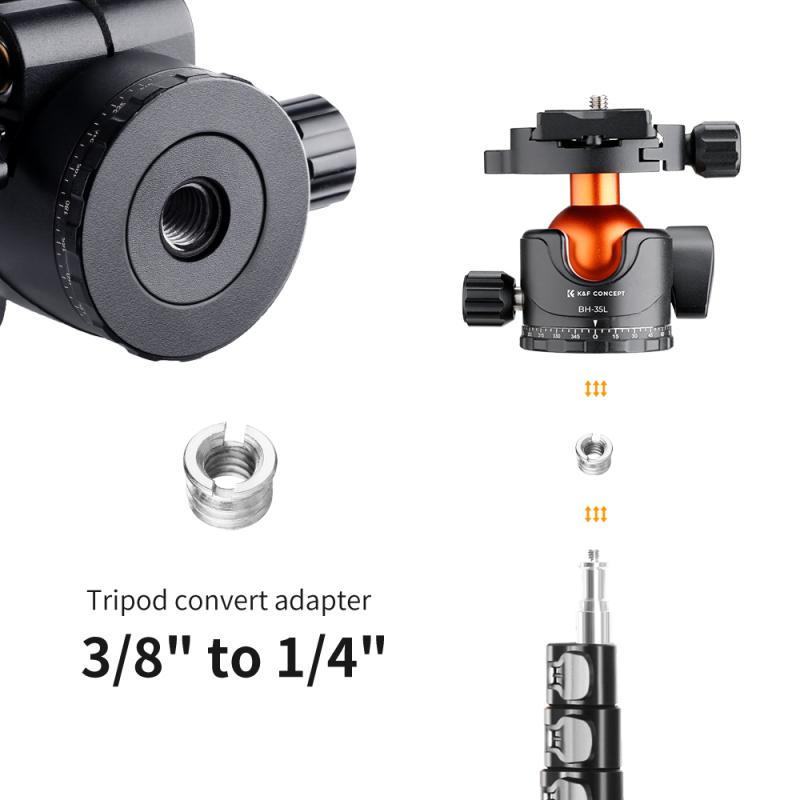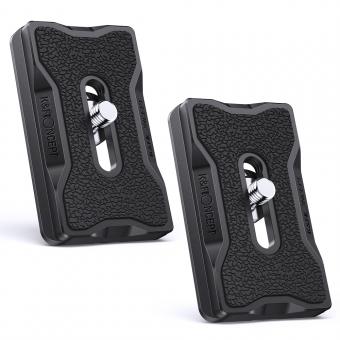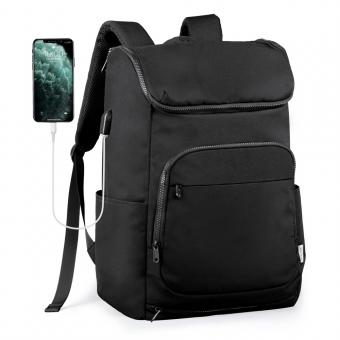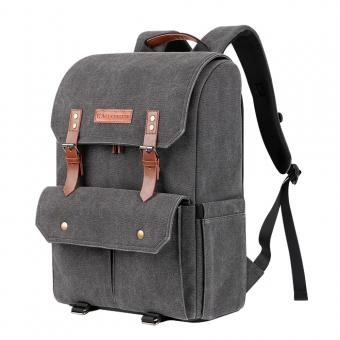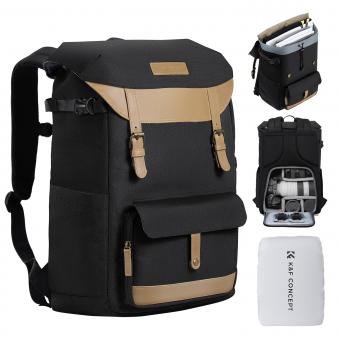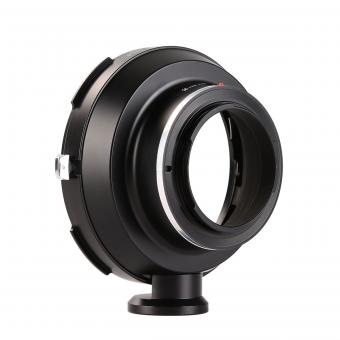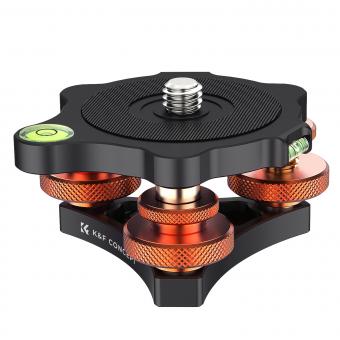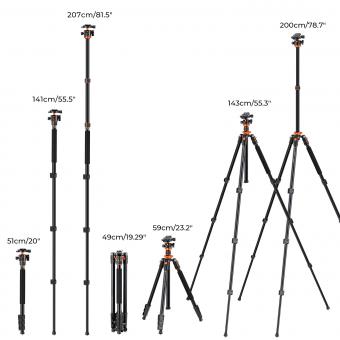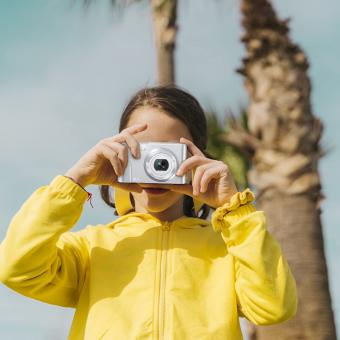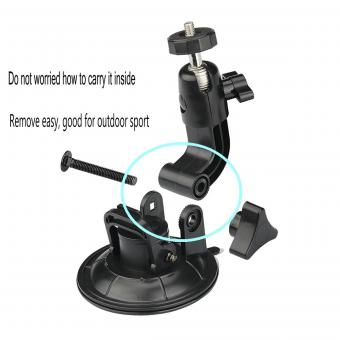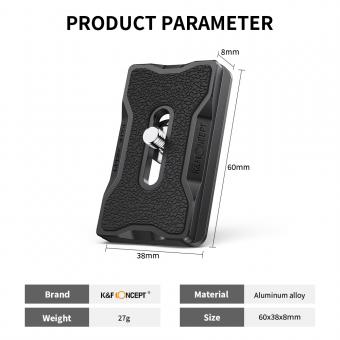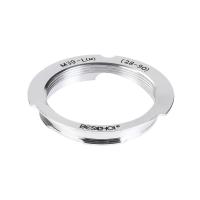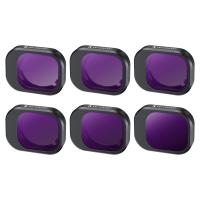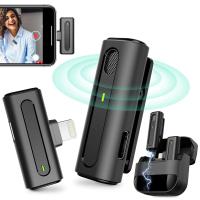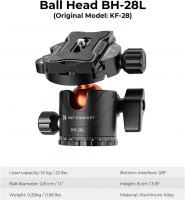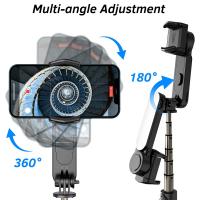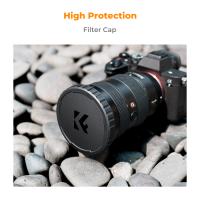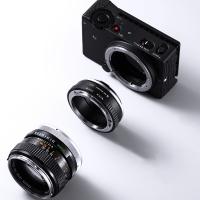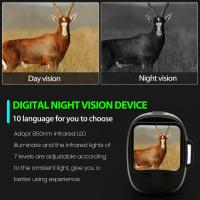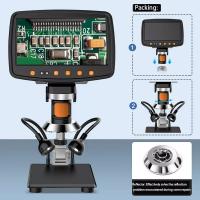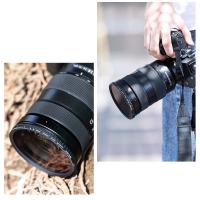How To Know Which Tripod Fits My Camera ?
To determine which tripod fits your camera, you need to consider two main factors: the tripod's compatibility with your camera's mounting system and its weight capacity. Firstly, check the mounting system of your camera, which is typically either a 1/4-inch or 3/8-inch screw. Ensure that the tripod you are considering has a matching screw size on its mounting plate. Secondly, consider the weight of your camera and any additional equipment you plan to use, such as lenses or accessories. Check the weight capacity of the tripod to ensure it can support the total weight of your camera setup. It is recommended to choose a tripod with a weight capacity slightly higher than the combined weight of your camera and accessories for stability and safety.
1、 Tripod Compatibility: Matching Camera Mounts and Tripod Heads
When it comes to choosing a tripod for your camera, it is essential to ensure compatibility between the camera mount and the tripod head. The camera mount refers to the attachment point on your camera, while the tripod head is the part that connects the camera to the tripod legs.
To determine which tripod fits your camera, you need to consider the type of camera mount your camera has. The most common camera mounts are the 1/4"-20 and 3/8"-16 screw mounts. The 1/4"-20 mount is smaller and typically found on compact cameras and entry-level DSLRs, while the 3/8"-16 mount is larger and commonly used on professional-grade DSLRs and video cameras.
Once you know the camera mount type, you can look for a tripod head that matches. Most tripod heads have a universal 1/4"-20 screw, which means they can accommodate cameras with either mount type. However, if your camera has a 3/8"-16 mount, you will need a tripod head with a matching screw size.
It is worth noting that some tripods come with interchangeable tripod heads, allowing you to switch between different mount types. This can be convenient if you have multiple cameras with different mount sizes.
In recent years, there has been a rise in mirrorless cameras, which often have smaller and lighter bodies. These cameras may require smaller tripod heads or even specialized tripod plates designed specifically for their compact size.
In conclusion, to determine which tripod fits your camera, you need to identify the camera mount type and ensure compatibility with the tripod head. Additionally, with the increasing popularity of mirrorless cameras, it is important to consider the specific requirements of your camera when selecting a tripod.

2、 Camera Weight Capacity: Choosing a Tripod that Supports Your Camera
Camera Weight Capacity: Choosing a Tripod that Supports Your Camera
When it comes to selecting a tripod for your camera, one of the most important factors to consider is the weight capacity. A tripod that cannot support the weight of your camera and lens can lead to instability and potential damage. Here are some tips to help you determine which tripod fits your camera:
1. Check your camera's weight: Start by finding out the weight of your camera body and the heaviest lens you plan to use. This information can usually be found in the camera's specifications or manual.
2. Consider future upgrades: If you plan on upgrading your camera or purchasing heavier lenses in the future, it's a good idea to choose a tripod with a higher weight capacity to accommodate these changes.
3. Look for the weight capacity of tripods: Tripods typically have a weight capacity listed in their specifications. Ensure that the weight capacity of the tripod you are considering exceeds the combined weight of your camera and lens.
4. Consider stability: Keep in mind that a tripod with a higher weight capacity will generally provide better stability, especially in windy conditions or when using longer lenses.
5. Consider the tripod's build quality: A tripod with a higher weight capacity often indicates better build quality and durability. Look for features such as sturdy legs, a robust center column, and a reliable locking mechanism.
6. Seek expert advice: If you are unsure about which tripod to choose, consult with knowledgeable professionals at camera stores or online photography communities. They can provide personalized recommendations based on your specific camera setup.
In conclusion, selecting a tripod that can support the weight of your camera and lens is crucial for stability and protection. By considering your camera's weight, future upgrades, stability, build quality, and seeking expert advice, you can make an informed decision and find the perfect tripod for your needs.
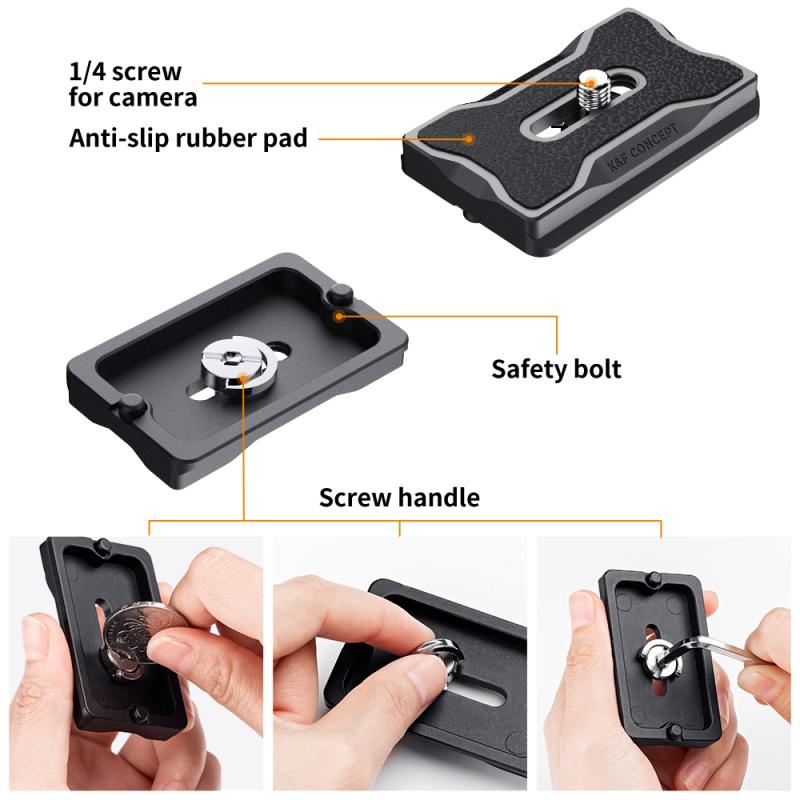
3、 Tripod Height Range: Finding the Right Tripod Size for Your Camera
When it comes to finding the right tripod for your camera, there are a few factors to consider. One of the most important aspects is the tripod's height range. This will determine how high or low you can position your camera for different types of shots.
To determine which tripod fits your camera, you need to consider the height range that is suitable for your needs. The height range refers to the minimum and maximum height that the tripod can extend to. This is important because it determines the stability and versatility of the tripod.
To find the right tripod height range for your camera, you should first consider the type of photography you do. If you mainly shoot landscapes or architectural photography, you may need a taller tripod to capture wide-angle shots. On the other hand, if you do a lot of macro or close-up photography, a shorter tripod may be more suitable.
Additionally, you should also consider your own height and shooting style. If you are taller, you may need a tripod that can extend to a higher height to avoid bending over while shooting. Conversely, if you prefer shooting from a lower angle, a tripod with a lower minimum height may be more suitable.
It's also worth noting that some tripods come with a center column that can be extended to increase the height range. This can be useful if you need a little extra height for certain shots.
In conclusion, to know which tripod fits your camera, you need to consider the height range that is suitable for your photography needs, your own height, and shooting style. By taking these factors into account, you can find a tripod that provides the stability and versatility you require for your camera.
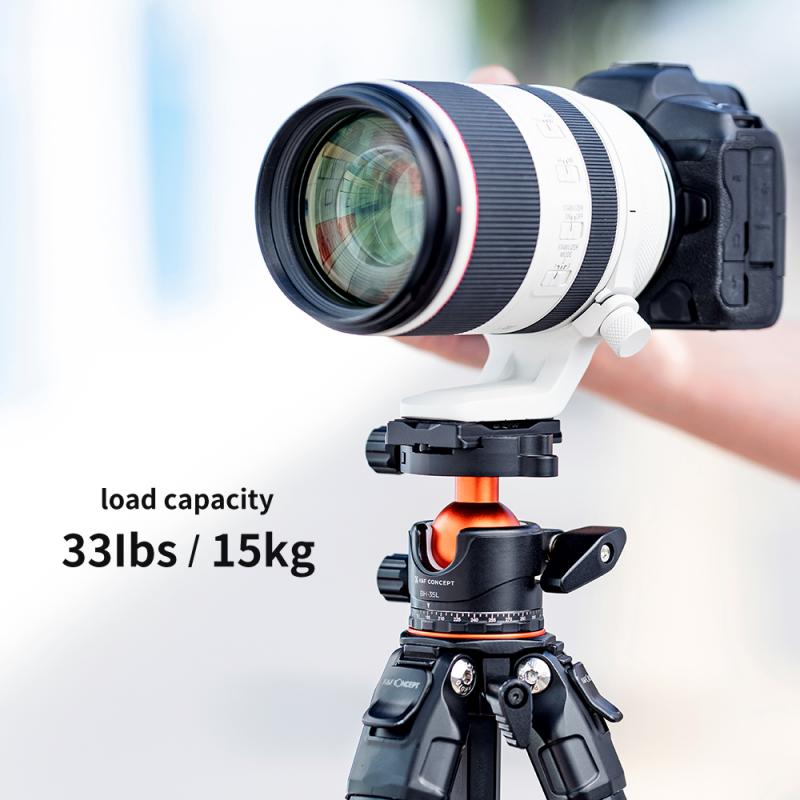
4、 Tripod Leg Stability: Ensuring a Secure Base for Your Camera
How to know which tripod fits my camera? Choosing the right tripod for your camera is essential to ensure stability and security while capturing your shots. Here are a few factors to consider when selecting a tripod that fits your camera:
1. Weight Capacity: Check the weight capacity of the tripod to ensure it can support the weight of your camera and any additional equipment you may use, such as lenses or external flashes. It is recommended to choose a tripod that can handle a weight slightly higher than your camera's weight to ensure stability.
2. Tripod Height: Consider the height range of the tripod. It should be adjustable to your desired shooting height, allowing you to capture shots from various angles comfortably. Look for a tripod that extends to your eye level without the need to bend or strain.
3. Tripod Leg Stability: The stability of the tripod legs is crucial for a secure base. Look for tripods with sturdy and durable legs made of materials like aluminum or carbon fiber. Carbon fiber tripods are lightweight yet robust, making them an excellent choice for stability.
4. Leg Locking Mechanism: Check the leg locking mechanism of the tripod. It should be easy to use and provide a secure lock to prevent any accidental collapses. Twist locks and flip locks are common types of leg locking mechanisms.
5. Portability: Consider the portability of the tripod. If you often travel or shoot on location, a lightweight and compact tripod would be more convenient. Look for tripods that fold down to a manageable size and come with a carrying case.
6. Compatibility: Ensure that the tripod you choose is compatible with your camera's mounting system. Most tripods come with a standard 1/4-inch screw mount, which fits most cameras. However, some cameras may require specific mounting plates or adapters.
It is always recommended to read reviews and seek advice from experienced photographers to get the latest point of view on tripod options. Additionally, visiting a camera store and physically testing different tripods can help you make an informed decision based on your specific needs and preferences.
